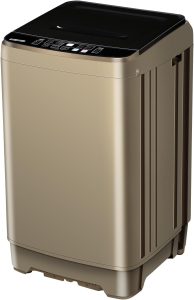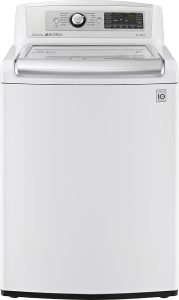Washing Machine Watts: How Can You Reduce It?
Introduction:
Understanding the electricity consumption of your washing machine is crucial for managing your household energy usage and reducing utility bills. The power usage, measured in watts, varies depending on the machine type, cycle settings, and additional features. This guide delves into the factors influencing washing machine wattage, compares the consumption of different models, and offers practical tips for minimizing electricity use without sacrificing performance.
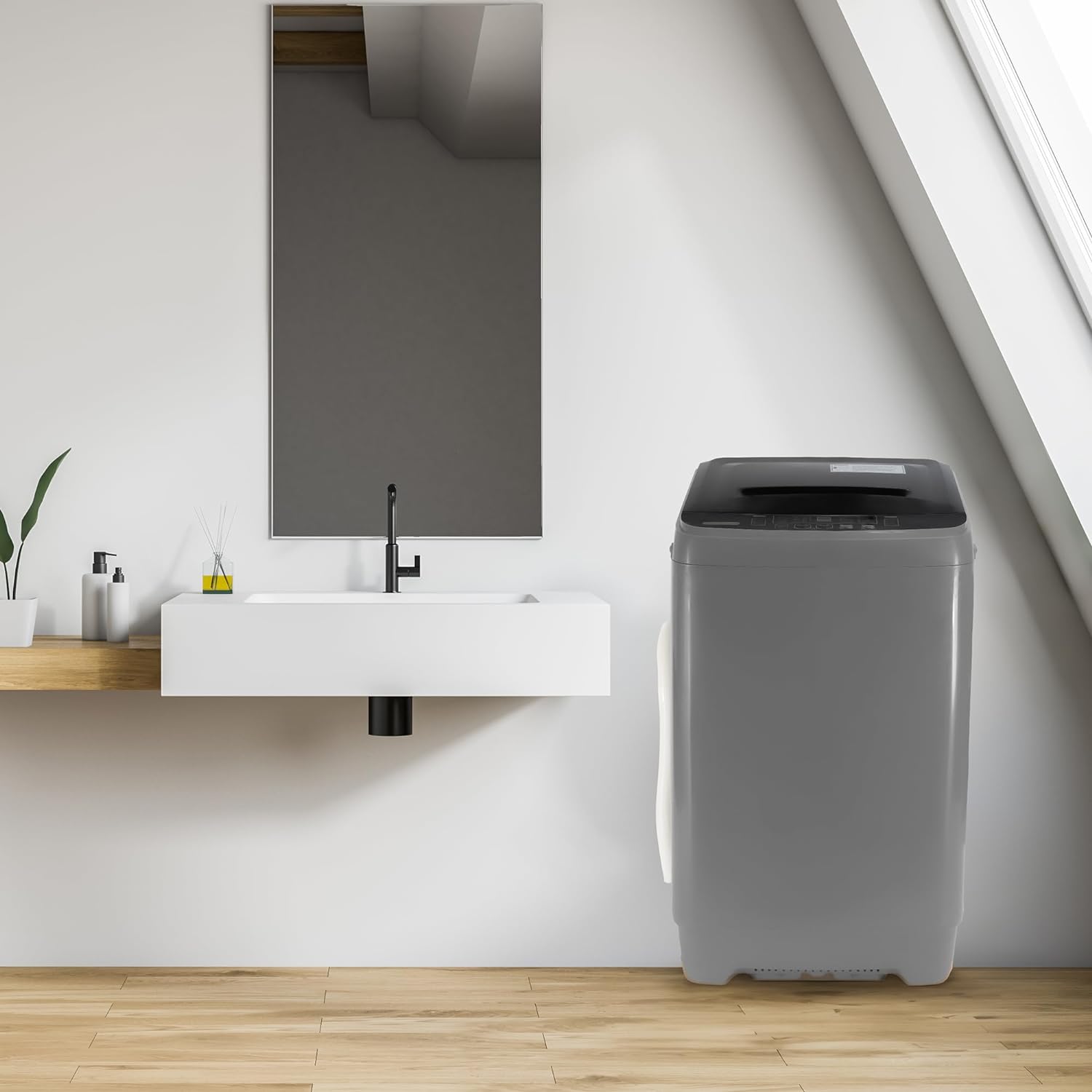
Washing Machine Watts:
How Much Electricity Does a Washing Machine Use and How Can You Reduce It?
Basics of Washing Machine Power Consumption:
What Determines the Wattage of a Washing Machine?
Several factors determine the power consumption of a washing machine, including its type, age, and specific features.
Machine Types:
Front-Loading Machines:
Efficiency: Front-loading washing machines are typically more energy-efficient than top-loading models. They use less water, requiring less electricity to heat it, and are designed to be more effective in their cleaning action.
Average Consumption: The average wattage for front-loading washers ranges from 500 to 1,200 watts, with high-efficiency models generally on the lower end of this spectrum.
Top-Loading Machines:
Traditional vs. High-Efficiency: Traditional top-loading machines often consume more electricity due to their design, which typically uses more water. High-efficiency (HE) top-loaders, however, have improved performance and reduced energy consumption.
Average Consumption: The wattage for traditional top-loading models falls between 800 to 1,600 watts, while HE top-loaders use about 400 to 900 watts.
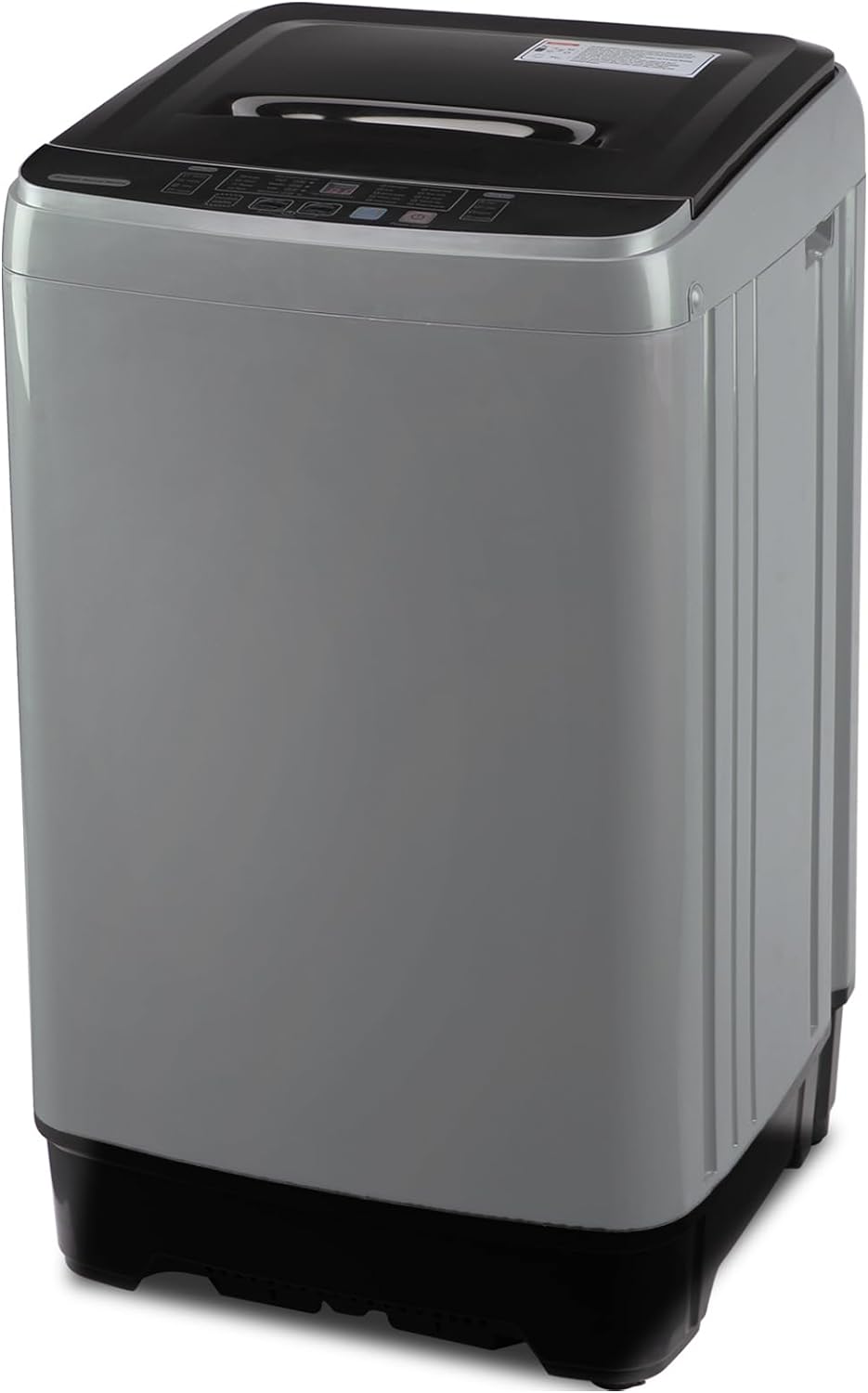
Cycle Settings and Features:
Standard Wash Cycle:
Base Usage: The standard wash cycle uses a moderate amount of electricity, generally around 500 to 1,000 watts, depending on the model and load size.
Extended Cycles: Longer cycles may use additional power, particularly if they involve heating water or extra spinning and rinsing. Energy-efficient models, however, optimize these cycles to minimize excess consumption.
Hot Water Usage:
Heating Element: Washing machines consume significantly more electricity when using hot water, as the heating element must bring water to the required temperature. This heating can account for 90% of the energy used during a hot wash cycle.
Cold Wash Benefits: Using cold water can dramatically reduce energy usage, with cold cycles typically requiring only a fraction of the electricity compared to hot cycles.
Special Features and Smart Technology:
Smart Sensors:
Load Detection: Many modern machines include smart sensors that detect load size and dirt levels, adjusting water and energy usage accordingly to optimize efficiency.
Efficiency Gains: These sensors can reduce overall electricity consumption by ensuring the machine only uses as much power as necessary for each load.
Wi-Fi Connectivity:
Remote Control: Some washing machines offer Wi-Fi connectivity and smart home integration, allowing remote control and monitoring. While these features may add convenience, they also draw a small but continuous amount of power in standby mode.
Energy Usage Monitors: Smart washers can provide detailed energy usage reports, helping users better understand and manage their consumption patterns.
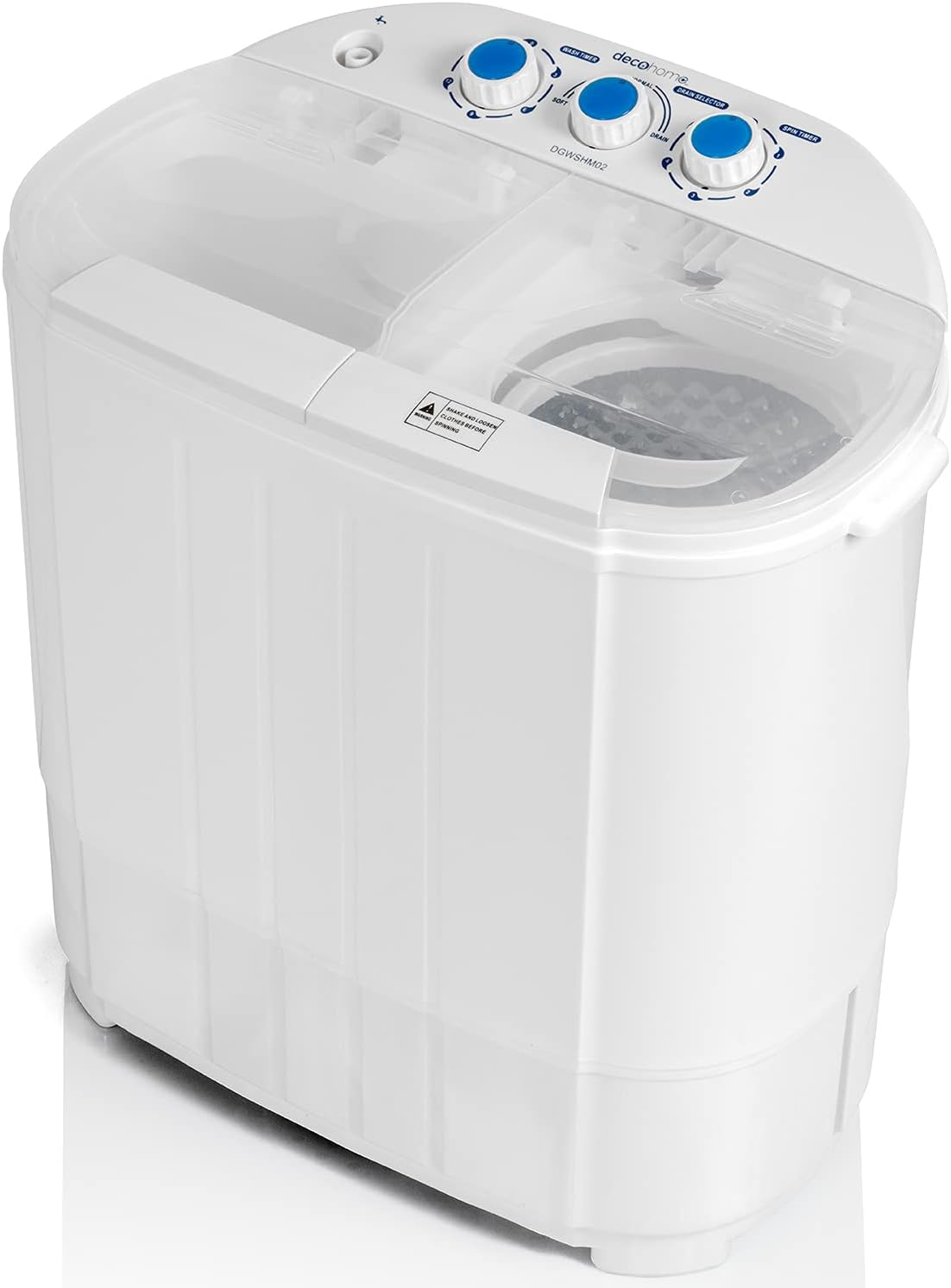
Comparing Energy Consumption:
How Do Different Washing Machine Models Stack Up?
Comparing the energy consumption of various washing machine models helps you choose the most efficient option for your needs.
Energy Star Certified Machines:
Efficiency Standards: Energy Star certification indicates that a washing machine meets strict efficiency guidelines set by the Environmental Protection Agency (EPA). These machines use about 25% less energy and 33% less water than non-certified models.
Average Consumption: Energy Star washing machines typically use around 120-600 kWh per year, depending on the model and frequency of use.
Standard vs. High-Efficiency Models:
Standard Models:
Traditional Performance: Standard models without energy-efficient technology tend to have higher electricity consumption, somewhere between 1,000 to 1,600 watts per cycle.
Average Usage: These models can use around 600-900 kWh per year, significantly higher than their energy-efficient counterparts.
High-Efficiency Models:
Optimized Usage: High-efficiency washing machines are designed to use less water and energy, with typical power usage between 400 to 900 watts per cycle.
Annual Savings: These machines can reduce annual energy consumption to about 150-400 kWh, translating into substantial savings over time.
Specific Brand Comparisons:
Brand Averages: Different brands offer washing machines with varying efficiency levels. Researching specific brands and models reveals which ones consistently produce energy-efficient appliances.
Notable Brands: Brands like LG, Samsung, and Whirlpool often have Energy Star-certified models with high-efficiency ratings, making them popular choices for energy-conscious consumers.
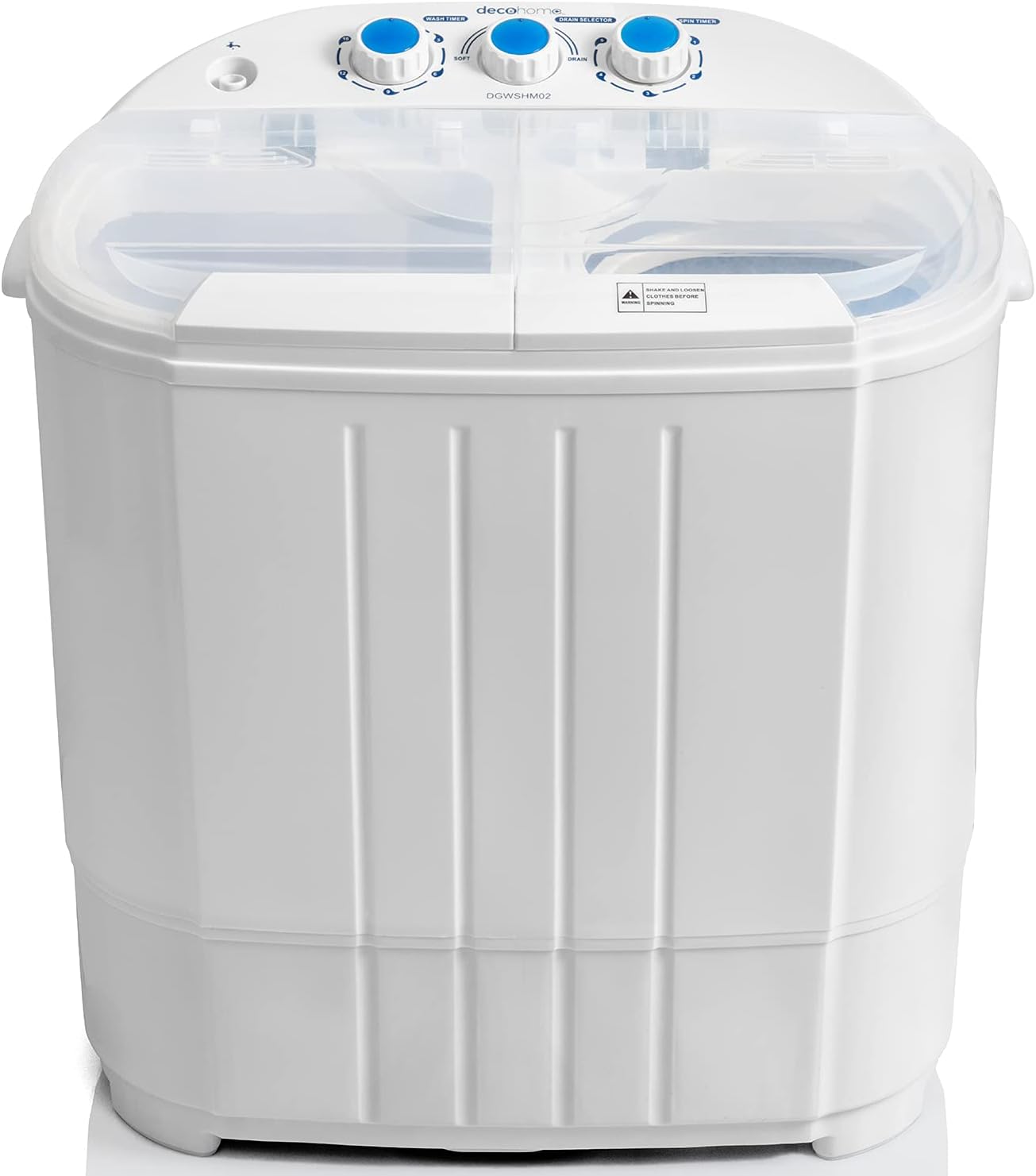
Practical Tips to Reduce Energy Consumption:
How Can You Make Your Washing Machine More Efficient?
Reducing energy consumption with your washing machine involves both smart usage practices and regular maintenance.
Efficient Washing Practices:
Full Loads:
Maximize Efficiency: Always try to wash full loads, as running the machine with partial loads wastes water, detergent, and electricity. However, avoid overloading, which can reduce cleaning effectiveness and strain the machine.
Load Matching: Match the load size setting to the actual amount of laundry to optimize water and energy use.
Cold Water Washes:
Energy Savings: Using cold water for washing can significantly reduce energy consumption because it eliminates the need for heating water. Most modern detergents are formulated to work effectively in cold water.
Quality Maintenance: Cold water washes are gentler on fabrics, reducing wear and tear and prolonging the life of your clothes, which also saves resources in the long run.
Optimize Cycle Settings:
Shorter Cycles:
Less Energy: Choose shorter wash cycles when appropriate. These cycles generally use less water and energy while still providing sufficient cleaning for lightly soiled clothes.
Eco Modes: Use eco or energy-saving modes if available. These settings are designed to optimize energy usage without compromising on performance.
Lower Spin Speeds:
Power Reduction: Reduce the spin speed if heavy wringing isn’t necessary. Lower spin speeds consume less energy, though they may result in slightly wetter clothes that take longer to dry.
Maintenance and Upkeep:
Regular Cleaning:
Efficiency Maintenance: Regularly clean the washing machine, including the detergent drawer, drum, and filters. A well-maintained machine runs more efficiently and uses less electricity.
Descaling: Descale the machine periodically, especially if you live in a hard water area. Limescale buildup can affect heating efficiency and energy consumption.
Professional Servicing:
Check-Ups: Schedule professional servicing of your washing machine at regular intervals. Technicians can identify and fix issues that may be causing unnecessary energy use.
Upgrading Components: Replace worn-out components, such as belts and heating elements, to ensure the machine operates at peak efficiency.
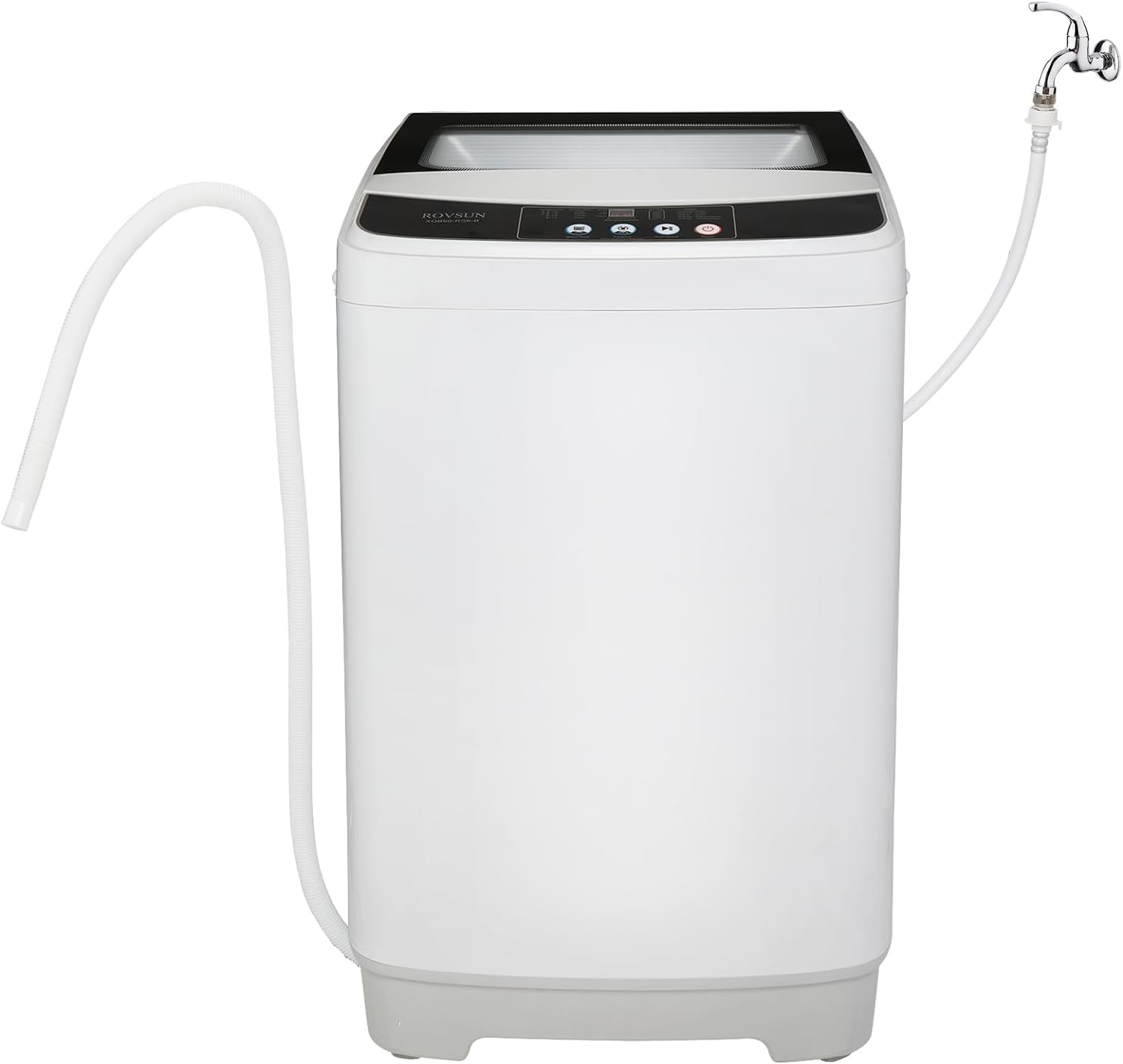
Choosing an Energy-Efficient Washing Machine:
What Should You Look for When Buying a New Machine?
Selecting a new washing machine involves considering several factors to ensure it’s energy-efficient and meets your household needs.
Certification and Ratings:
Energy Star Label:
Guaranteed Efficiency: Look for the Energy Star label to ensure the washing machine meets high standards for energy efficiency. This certification is a reliable indicator of lower operating costs and environmental benefits.
Energy Guide Label:
Detailed Information: Check the Energy Guide label found on new appliances. This label provides an estimate of the machine’s annual energy consumption and operating cost, offering a basis for comparison.
Capacity and Features:
Appropriate Size:
Household Needs: Choose a washing machine with a capacity that matches your household’s laundry requirements. Larger capacities are ideal for families, while smaller capacities suit singles or couples.
Efficiency Features:
Advanced Technology: Opt for models with features like load sensing, eco modes, and inverter motors. These technologies enhance energy efficiency and overall performance.
Smart Integration: Consider machines with smart home integration for better control and monitoring, potentially leading to further energy savings.
Long-Term Savings:
Initial Investment:
Cost vs. Savings: While energy-efficient models might have a higher upfront cost, the long-term savings on electricity bills often justify this investment.
Durability: Invest in reputable brands known for their durability and reliability. A well-built machine may cost more initially but will likely save money through reduced maintenance and longer lifespan.
Conclusion
Understanding the wattage and energy consumption of washing machines helps you make informed decisions that benefit both your finances and the environment. By selecting energy-efficient models, optimizing your washing practices, and maintaining your machine properly, you can significantly reduce electricity use without compromising on laundry performance. The blend of financial savings, improved appliance lifespan, and positive environmental impact makes embracing energy efficiency a win-win for any household. Use this knowledge to refine your choices and contribute to a more sustainable, cost-effective lifestyle.
